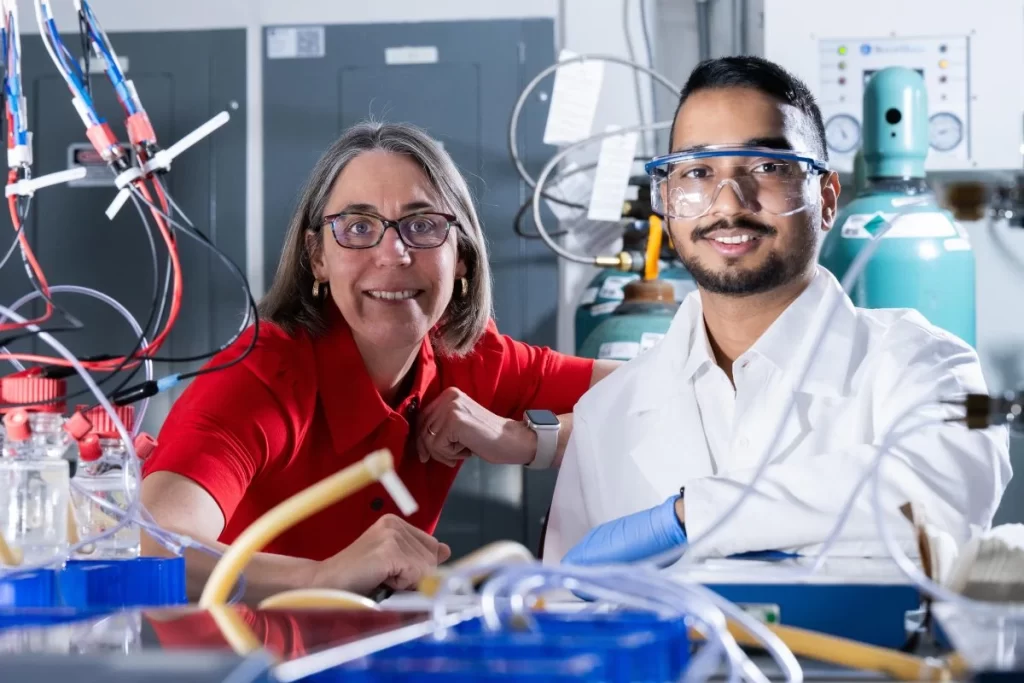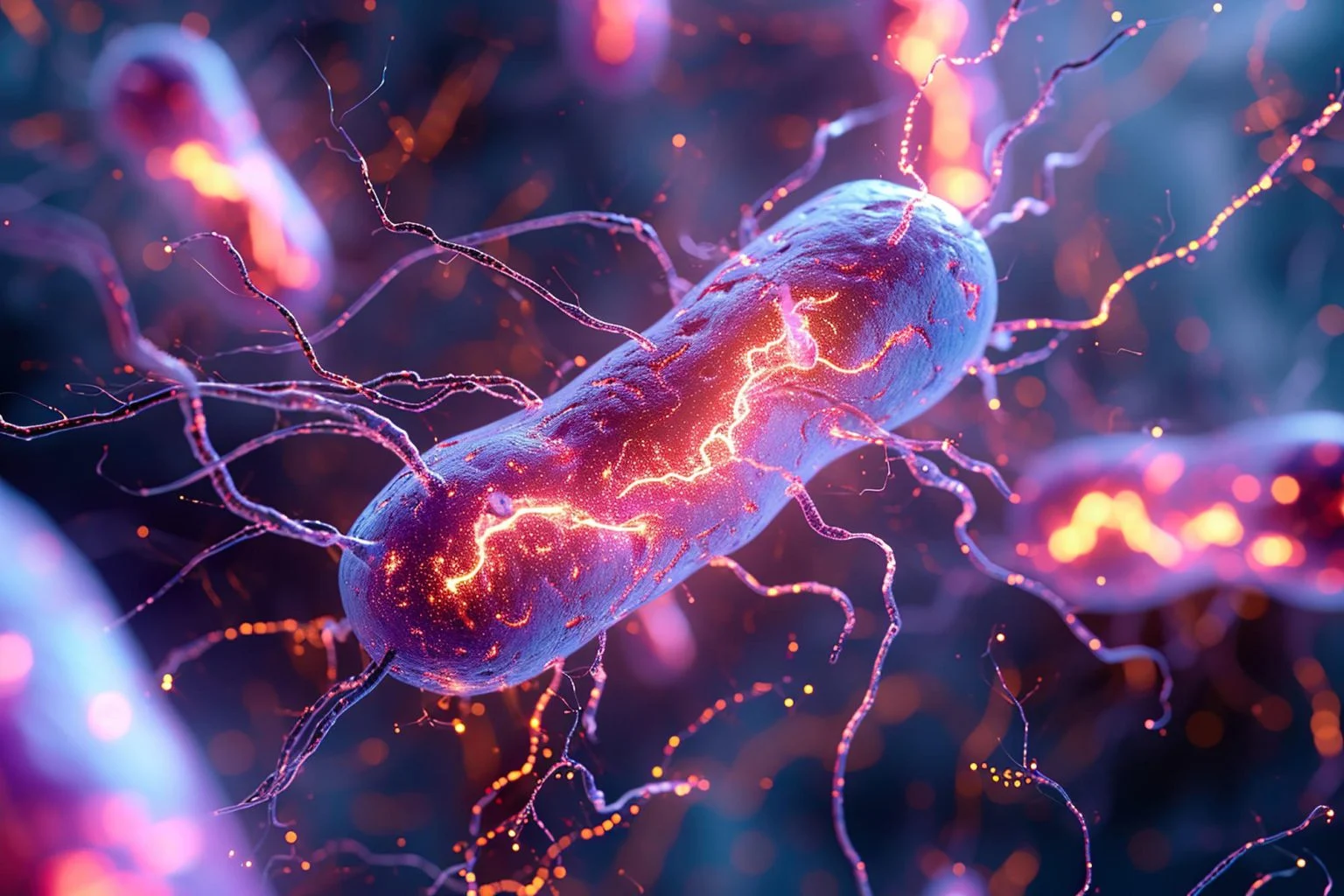A team at Rice University just cracked the code on how some bacteria “breathe.”
They do it by pushing out electrons—yes, real electric current—instead of using oxygen.
Think of it as nature’s original energy hack.
“We’ve uncovered a survival strategy that’s simple, elegant, and totally overlooked,” said lead researcher Caroline Ajo-Franklin.
Her team found that these microbes use tiny molecules called naphthoquinones to shuttle electrons outside their cells.
Basically, they are exhaling electricity.
Surviving Without Oxygen?
This quirky trick isn’t just fascinating science—it could transform clean tech.
From wastewater treatment to carbon-capturing biofactories.
Electricity-breathing bacteria might soon help us build greener systems.

They run like living machines.
“They act like little batteries,” said Rice doctoral student Biki Bapi Kundu.
“And now, we know how they work.”
By teaming up with UC San Diego and simulating life in zero-oxygen environments, the researchers confirmed something important.
These microbes thrive when wired into conductive surfaces.
The takeaway? Life has more ways of surviving—and thriving—than we ever imagined.
And in the future, your clean energy solution might just be microscopic, living, and pulsing with power.





